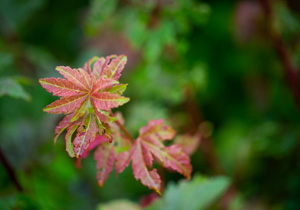 Vine Maple – Acer circinatum
Vine Maple – Acer circinatum
1 gallon – $12
At a Glance: Tall, erect, multi-trunked shrub or small tree with sprawling branches.
Height: 13-26 feet (4-8 meters)
Stems: Bark is initially smooth and bright green, eventually turning brown with age.
Leaves: Size: 5-12 cm (2-5 in) across. Leaves are green in spring; in early fall they turn orange-red or red in full sun or golden in the shade.
Flowers: Flowers grow in small loose clusters at the end of shoots, appearing May through June. Flower sepals are purple and red, hairy and spreading; petals are creamy white with purple/red highlights and can reach 6-9 mm wide
Fruits: The fruit is a two-seeded winged fruit called a samara. Size: 2-4 cm (0.8-2 in) long; color: fruits are initially green then later turn a reddish-brown.
Best Growing Conditions: Partly sunny/mostly shady; wet to moist soil.
Deer Resistant? – Yes
Why Choose Vine Maple? This elegant tree grows quickly to 10-15′ with multiple trunks and spreads to 20′ widths, much like a vine. Brilliant red and orange colors signal the arrival of autumn, while showy white flowers appear in early spring. Every bit as decorative as Japanese maples, these trees have an added bonus of providing local wildlife with food. Vine Maples like moisture and but will tolerate summer drought once established.
Description courtesy www.nwplants.com
Photo © 2019 Sue Larkin

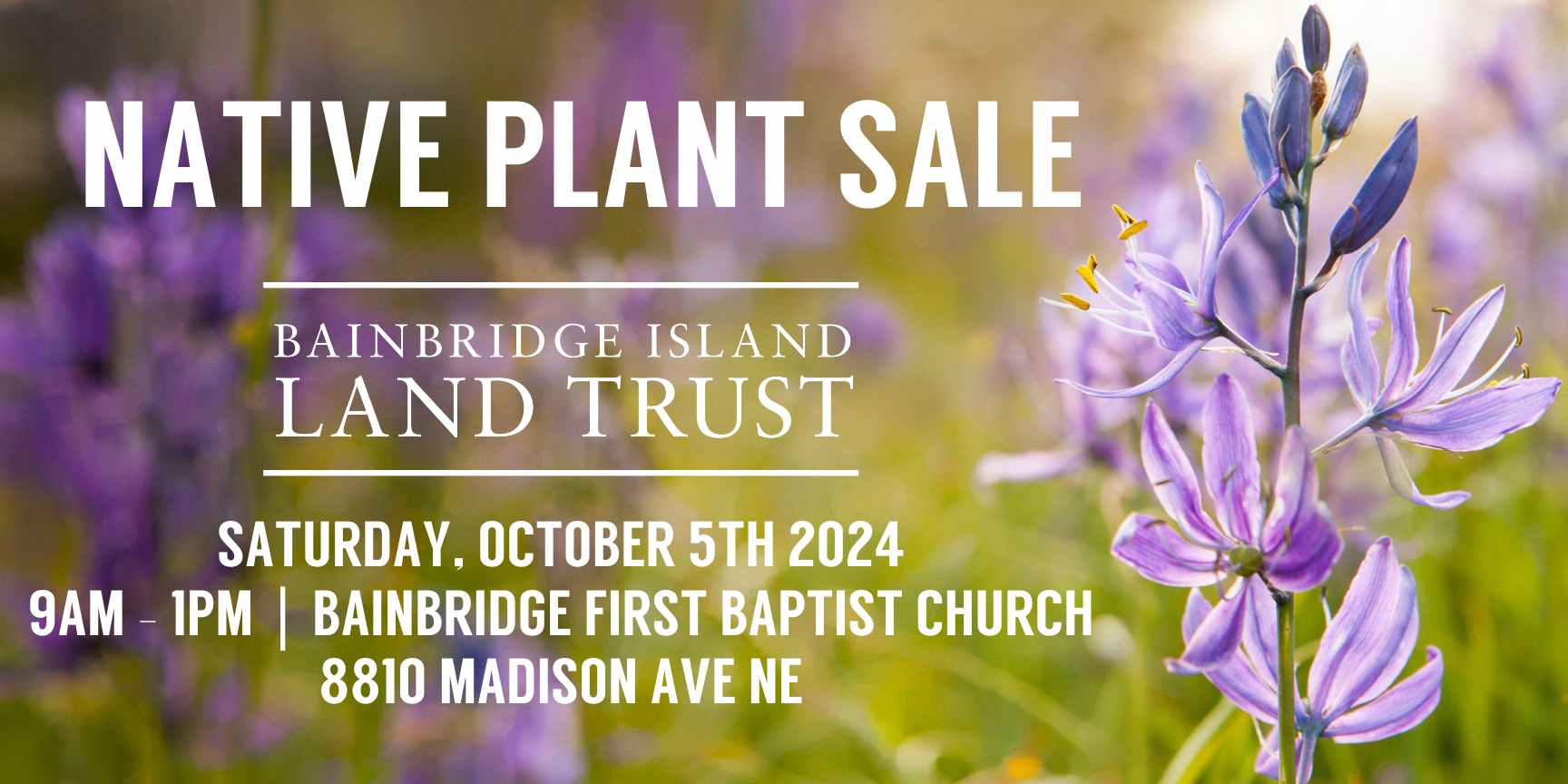
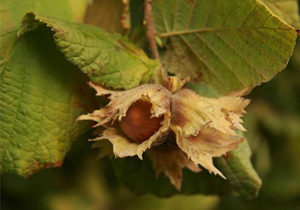 Beaked Hazelnut – Corylus cornuta
Beaked Hazelnut – Corylus cornuta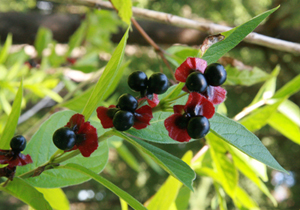
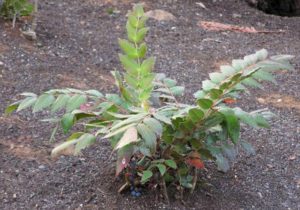 Cascade Oregon grape – Mahonia nervosa
Cascade Oregon grape – Mahonia nervosa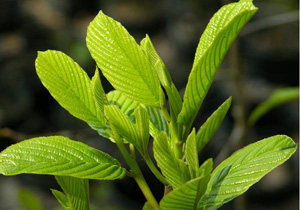 Cascara – Rhamnus purshiana
Cascara – Rhamnus purshiana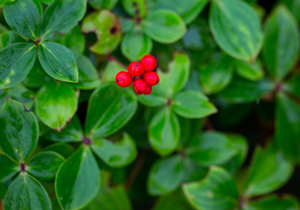 Creeping Dogwood – Cornus canadensis
Creeping Dogwood – Cornus canadensis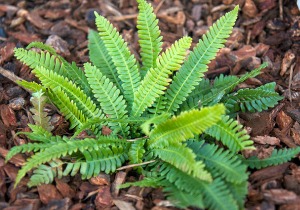
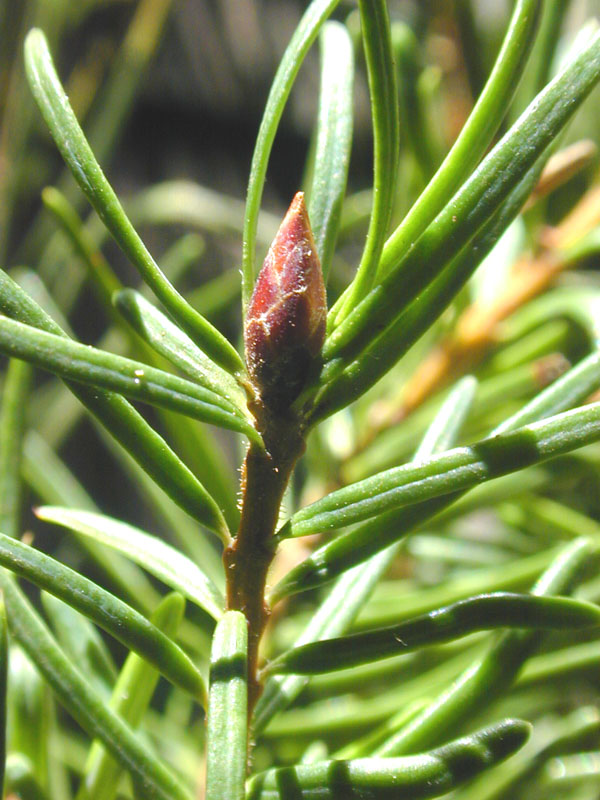
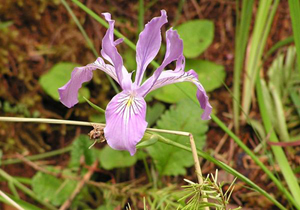 Douglas Iris – Iris douglasiana
Douglas Iris – Iris douglasiana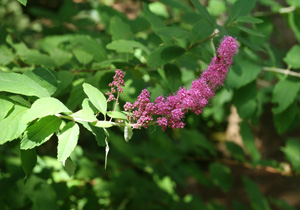 Douglas spirea – Spirea douglasii
Douglas spirea – Spirea douglasii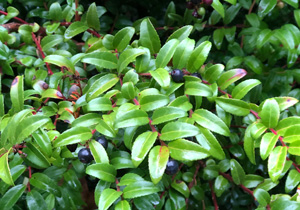 Evergreen Huckleberry – Vaccinium ovatum
Evergreen Huckleberry – Vaccinium ovatum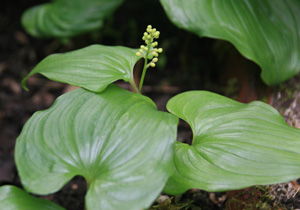 False Lily of the Valley – Maianthemum dilatatum
False Lily of the Valley – Maianthemum dilatatum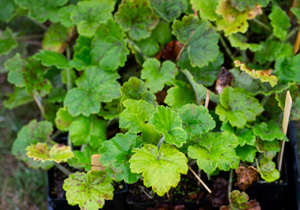 Fringecup – Tellima grandiflora
Fringecup – Tellima grandiflora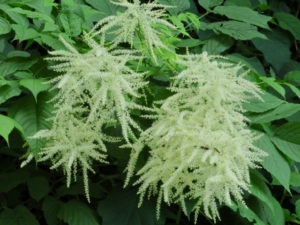
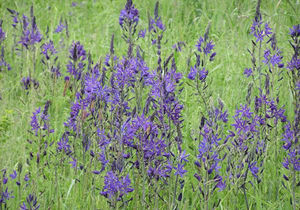 Great Camas – Camassia leitchlinii
Great Camas – Camassia leitchlinii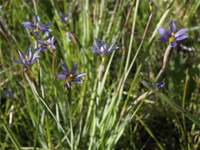 Idaho Blue-Eyed Grass – Sisyrinchium idahoense
Idaho Blue-Eyed Grass – Sisyrinchium idahoense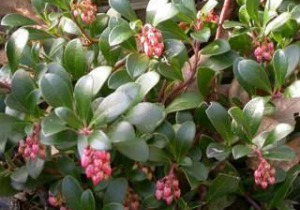 KINNIKINNICK – Arctostaphylos uva-ursi
KINNIKINNICK – Arctostaphylos uva-ursi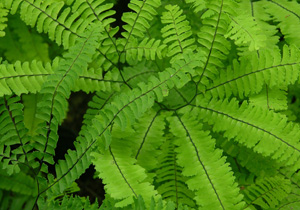 Maidenhair Fern – Adiantum pedatum
Maidenhair Fern – Adiantum pedatum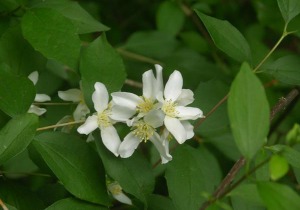
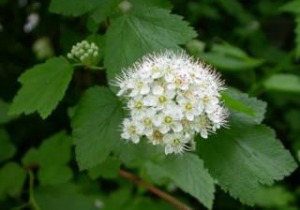
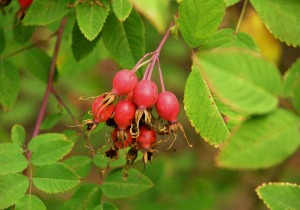
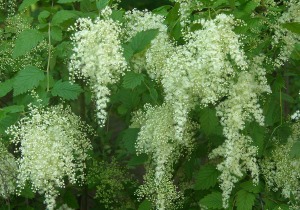 Oceanspray – Holodiscus discolor
Oceanspray – Holodiscus discolor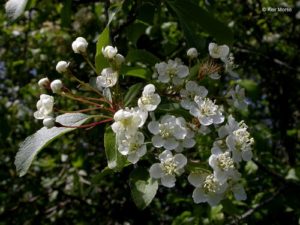
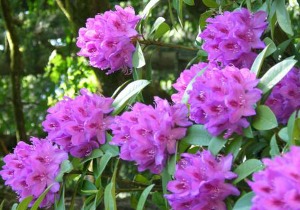
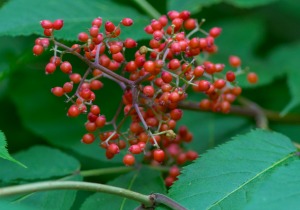 Red Elderberry – Sambucus racemose
Red Elderberry – Sambucus racemose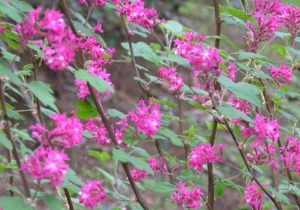
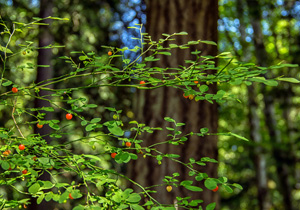 Red Huckleberry – Vaccinium parvifolium
Red Huckleberry – Vaccinium parvifolium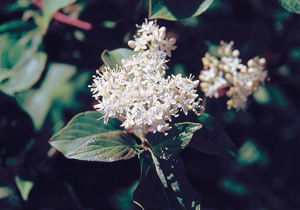 Red Twig Dogwood – Cornus sericea
Red Twig Dogwood – Cornus sericea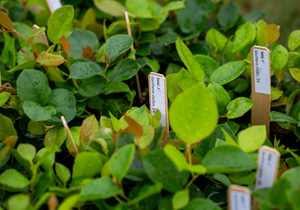 Salal – Gaultheria shallon
Salal – Gaultheria shallon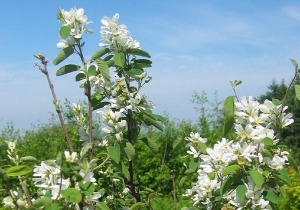
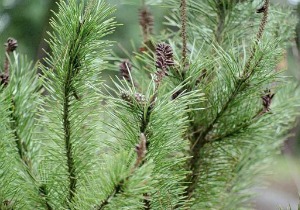
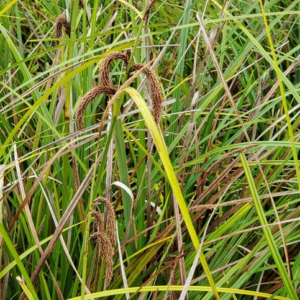 Slough Sedge – Carex obnupta
Slough Sedge – Carex obnupta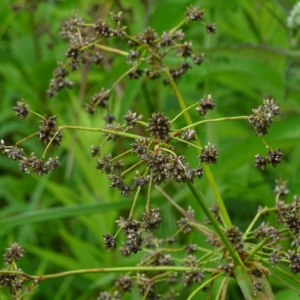 Small-Fruited Bulrush – Scirpus Microcarpus
Small-Fruited Bulrush – Scirpus Microcarpus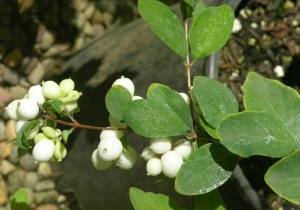 Snowberry – Symphoricarpos albus
Snowberry – Symphoricarpos albus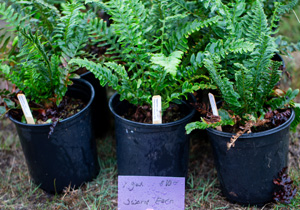 Sword Fern – Polystichum munitum
Sword Fern – Polystichum munitum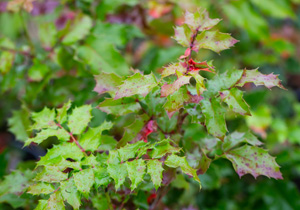 Tall Oregon Grape – Mahonia aquifolium
Tall Oregon Grape – Mahonia aquifolium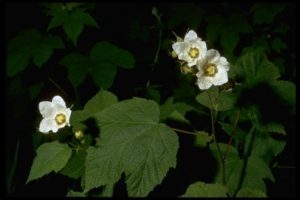 Thimbleberry – Rubus parviflorus
Thimbleberry – Rubus parviflorus Vine Maple – Acer circinatum
Vine Maple – Acer circinatum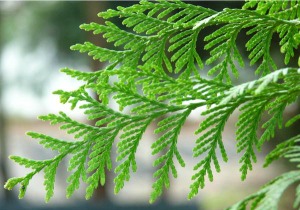 Western Red Cedar – Thuja plicata
Western Red Cedar – Thuja plicata